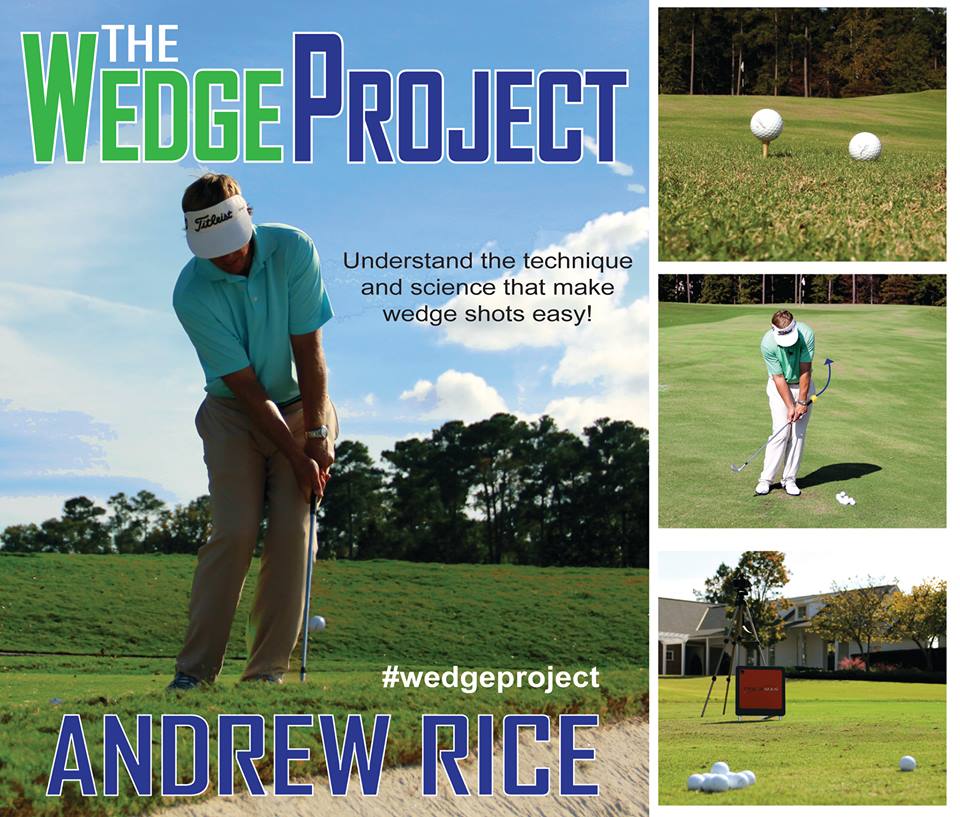Fix Your Most Common Chipping Mistakes
/The two most common mistakes I see golfers battle with when chipping are poor pace; the club head travels in a jerky fashion or at speeds that are often too fast for the requirements of the shot and they struggle to get the club to bottom out in the correct location relative to the ball. Pace and low point! Watch the video below and then let’s check in on some of the key points…
Here are a few points to take away:
Pace
Feel an even, ‘tick, tock” type pace as you swing the club back and forth
A good practice is to hit a few simple chip shots with a 7 iron. This will give you an excellent sense of what the pace should feel like
Try to feel the transition be as passive or gentle as you can. That change of direction needs to be silky smooth
Low Point
The practice rehearsals I demonstrated in the video are very important. Practice those both, away from the course and when playing
Feel your weight staying forward in the backswing as this will aid you in being able to shift the low point forward
As with anything, practice is integral to improvement. Try a few of those 7 iron shots in practice and don’t allow yourself to make a practice motion without having the intent of getting the club to bottom out of the target side of the ball.
I hope these ideas prove to be helpful to you and your enjoyment out on the golf course. Thanks, as always, for your support and readership.
Brett Rumford
















